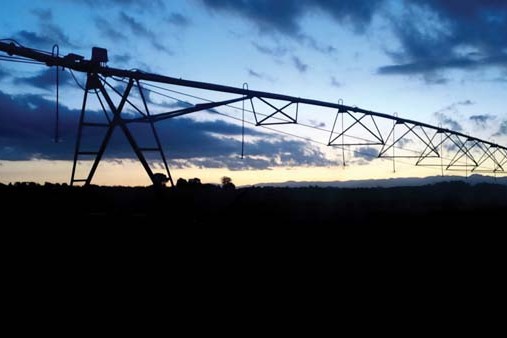Warm colostrum awaits the new-born calves on John and Jo Milne’s West Coast dairy farm.
Head down, bum up’, that’s how the spring rush can be described. It can become very easy to overlook how important the whole calving period is for the day, and into the future.
Concentrating on the pregnant animals is deemed the most important, but ensuring as much effort goes into the future of replacements counts for just as much.
We have a ‘down pack’ system here. Everyone has their roles and sticks to it.
Our newborn Jersey calves take a bit of looking after. They are whipped into the calf shed pretty much as soon as their mums have cleaned them and sometimes fed them. There is always warm colostrum waiting at the shed to give them if mum hasn’t, so they get the best start.
Mother nature gives us the beauty of being able to replenish our herd or asset whichever way you choose to look at it, and on the other hand a challenging day on the weather front and she can deprive us of that opportunity.
We run a simple system for rearing. We aim for 25-27% replacements, now that seems a lot and I will explain why this is so high further on.
Twice-a-day feeding for 10-14 days, then gradually moving to a once-a-day feed. We started this when our kids were infants and carried on with it ever since.
Calves are indoors normally until the weather settles or the sheds become overcrowded, with the usual access to hay and grains, fresh water and TLC. So that starts the ball rolling for the future.
Next trick is not to forget about them as they grow. We have a runoff about 8km away, quite handy as it’s on the way to town. It’s set up like a dairy farm, plenty of paddocks with good fencing and infrastructure. It’s in the public eye as well, which all of us are farming in these days. They flourish there and return to the milking platform two weeks before they are due to calve as heifers. This is the most rewarding part, of course, when they make it to the cowshed for their first milking. Our high replacement rate is because a couple of seasons ago we had Cryptosporidia go through our calf shed, with devastating results as quite a number of calves had to be put down and many more had to be nursed back to health.
We could never clearly identify where it came from, but suspected birds.
And more recently Coccidiosis, which we had never seen before but with the help of our local vets we got on top of, but it is a recurring problem to deal with every season now.
Also for the last five seasons we have been facing facial eczema in our herd. A few cows here and there and before you know there are five-10 cows that don’t make it to next season.
We are so lucky to be in an industry that just keeps replacing itself season on season.





